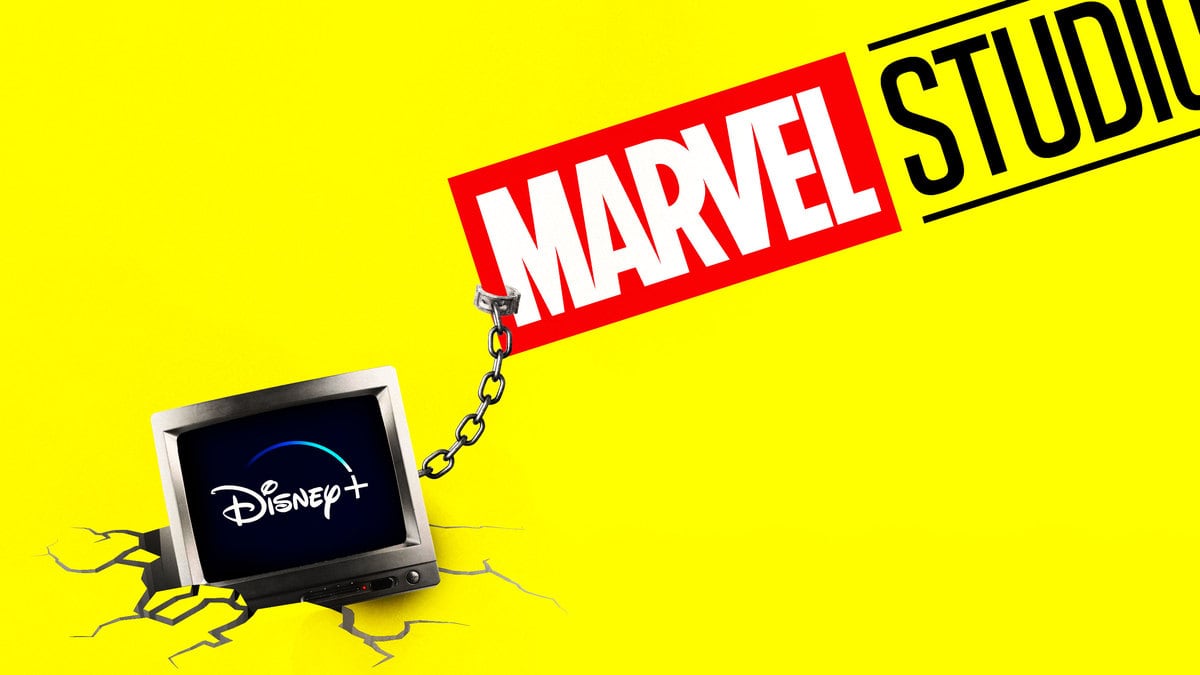‘The Marvels’ Flop Proves Tying the MCU’s Future to Its TV Shows Was a Huge Mistake
Change the Channel
The box-office failure of “The Marvels” suggests that Marvel’s strategy of tying its movies and TV shows together is actually channel surfing its audiences away.

Trending Now





